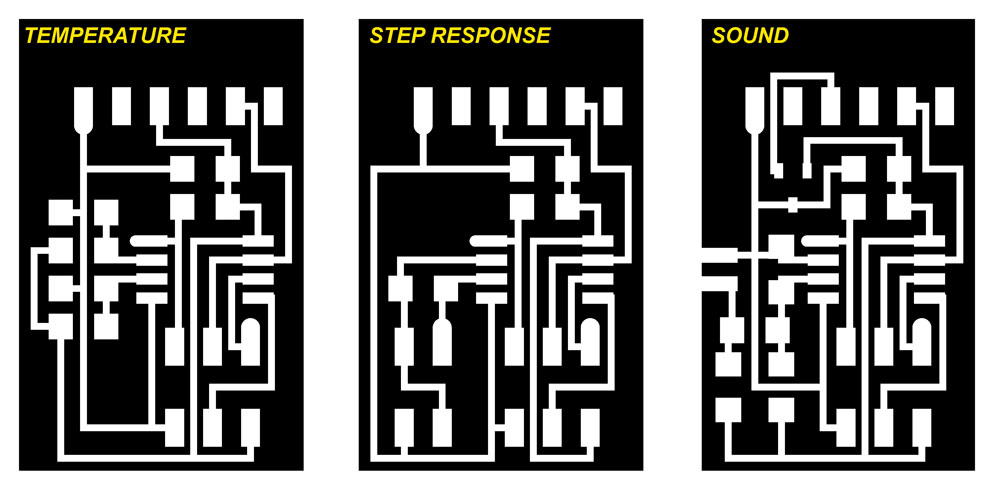
contact // irina chernyakova
1 [0912] FINAL PROJECT PROPOSAL 2 [0919] COMPUTER CONTROLLED CUTTING 3 [0926] ELECTRONICS PRODUCTION 4 [1003] COMPUTER CONTROLLED MACHINING 5 [1010] FINAL PROJECT UPDATE 6 [1017] MOLDING / CASTING / COMPOSITES 7 [1024] EMBEDDED PROGRAMMING 8 [1031] 3D SCANNING + PRINTING 9 [1107] INPUT DEVICES 10[1114] INTERFACE + APPLICATION PROGRAMMING 11[1121] OUTPUT DEVICES 12[1128] MECHANICAL + MACHINE DESIGN 13[1205] NETWORKING + COMMUNICATIONS 14[1212] FINAL PROJECT DEVELOPMENT 15[1219] FINAL PRESENTATIONS
1 boards
I milled three of Neil's boards – temperature, the step response, and sound. I combined the three PNG's onto one 2” x 3” copper board,the traces and interiors can be found here.

2 stuffing
Smooth
stuffing! Architecture shop was missing a 0.1 uF capacitor, so I'll
have to find that in the CBA shop. All three boards use the TINY 45V
microcontroller, FTDI 6-pin, resistors and capacitors which we have
used previously. New additions: the temperature (NTC) sensor, an
additional header for the step response, and a microphone for
sound.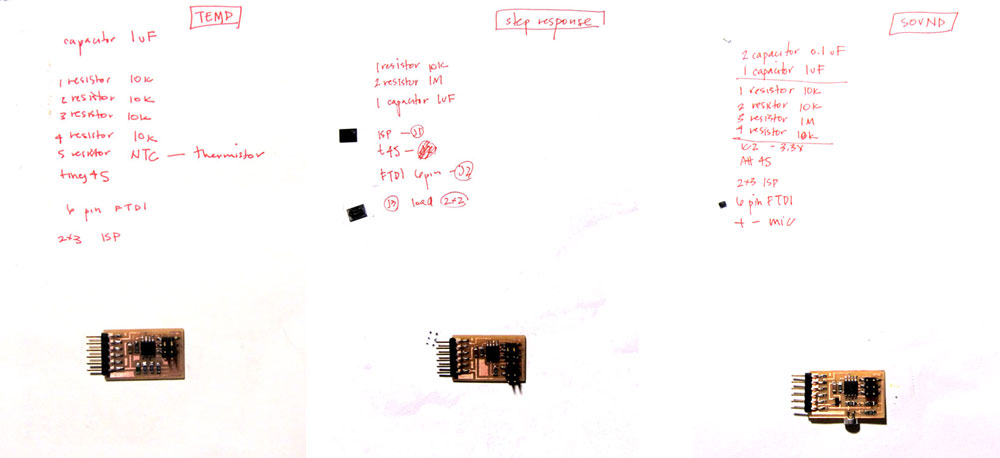
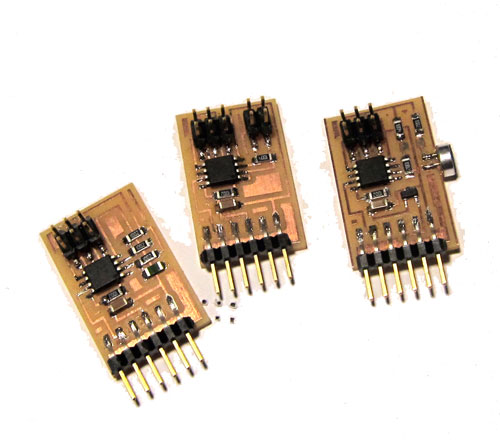
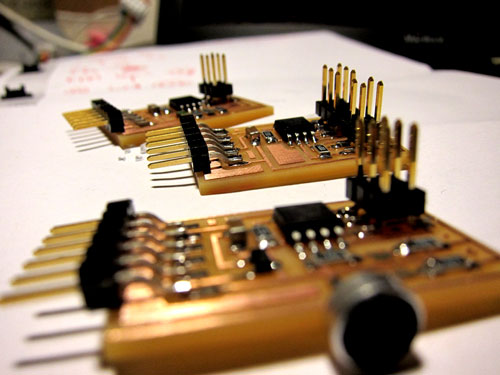
3 programming
Thank you to Theodora, once again, for help with Terminal! I have no experience with programming or python, so I just tried to run Neil's scripts, and understand the code.
1.
make hex file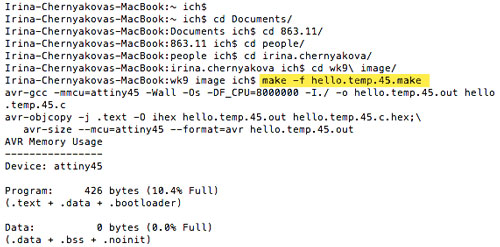
2.
program fuses, program usb-tiny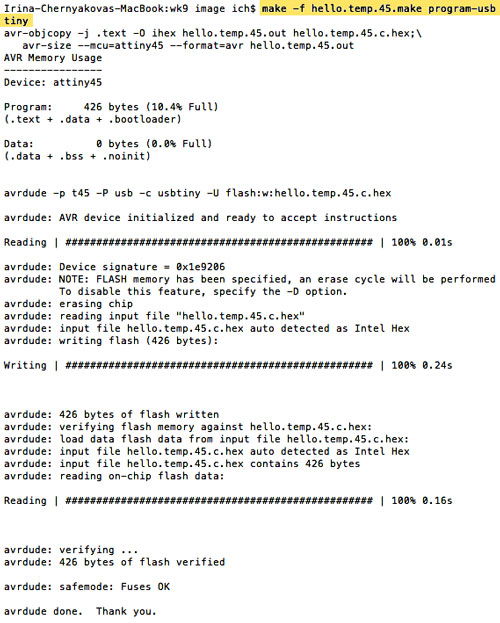
3.
run the python file; python file contains the visualization program –
it is installed on OS X, but I was missing the serial library.
4.
go to the
python
2.6 site, download
the .gz
file, unarchive, and place in a known directory (desktop, documents,
etc.)
- in a new terminal window, locate this directory, and run
the following in order to install the serial port
5.
run the python file: the first locates the serial port; after typing
the second, press TAB,
this will find and write the correct serial port into the
command
6.
python visualization should appear!
4 measuring
step
response: high + low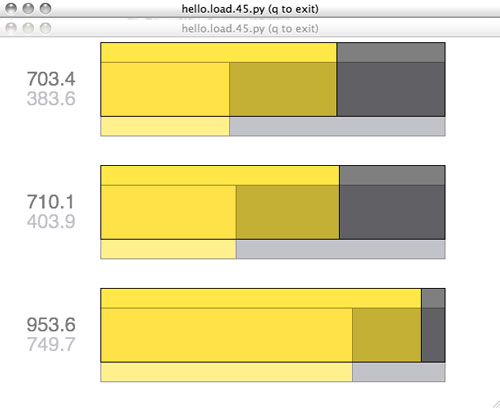

temperature:
sensor brought to a maximum, placed next to window to cool down and
captured every 5 seconds from minimum measurement; then brought back
into room and captured every 5 seconds as it acclimated to room
temperature.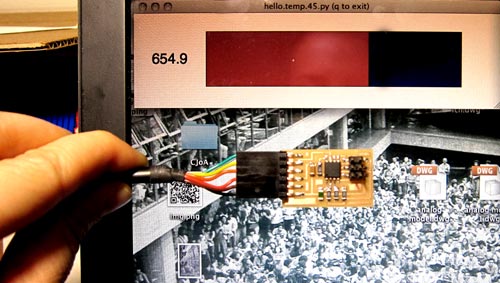
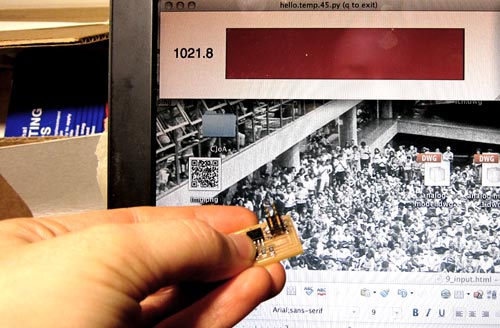
video
< MAX to MIN > total
time: 2:24